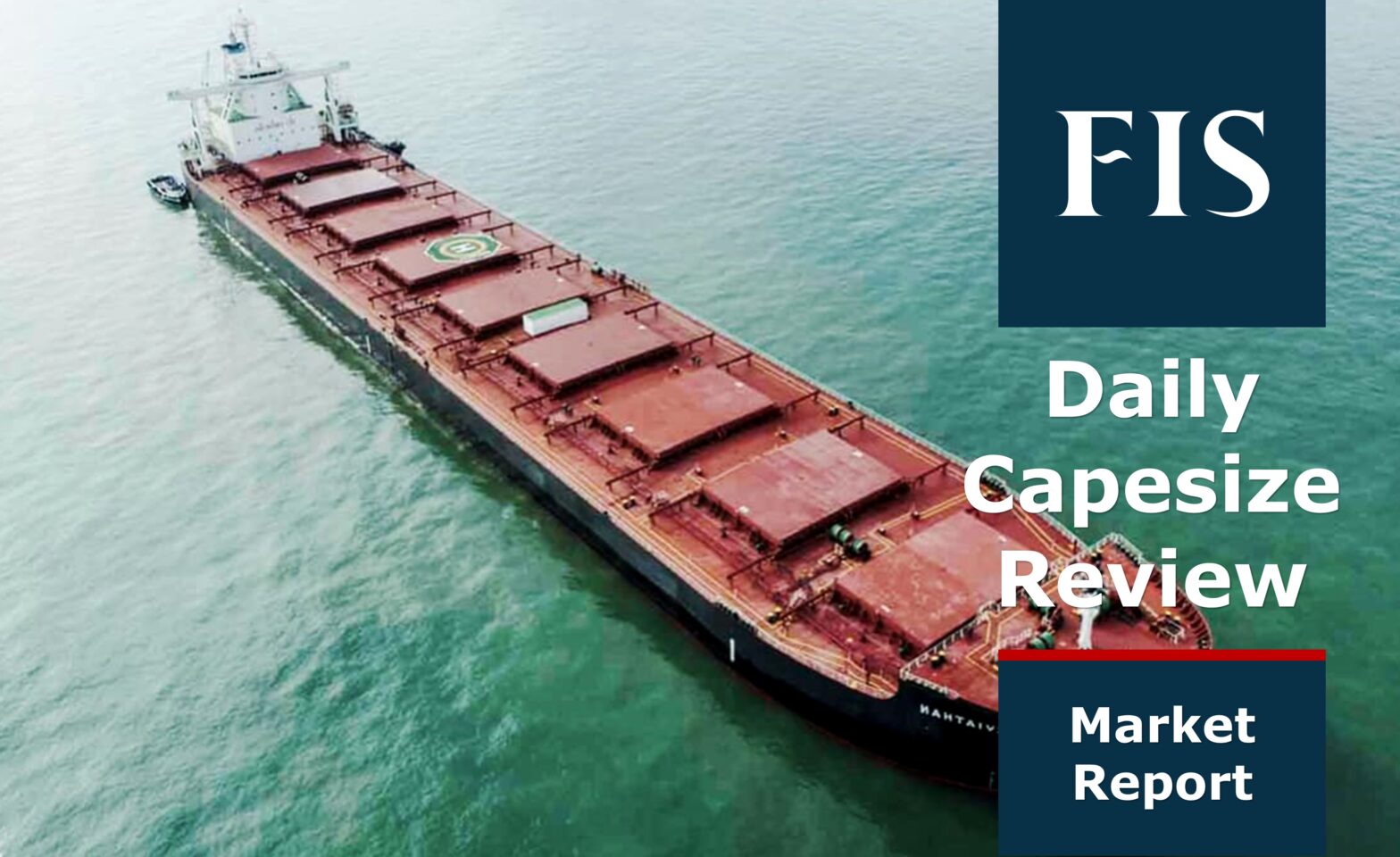Capesize freight rates coughed the gains made recently, following the selloff sessions, amid the volatile market.
The Capesize 5 time charter average, then dropped by $1,583 day-on-day to $21,830 on Wednesday, after market selloff in the afternoon session.
The Baltic Dry Index (BDI) then decreased by $98 day-on-day, or down 3.64% day-on-day, to $2,591, due to softening freight rates.
Market concerns over Chinese port congestion and lockdown measures
Freight rates were supported by healthy Pacific demand, though there was growing concerns over port congestion in China due to strong winds.
The fast-spreading omicron outbreak also added on to the delay in shipping with stricter checks being implemented at ports, while some market feared that the Chinese authority might close some of the ports altogether to contain the pandemic.
As Chinese state authorities adopted zero tolerance policy, and the latest lockdown placed around 45 million people under the scheme, according to JBC Energy Asia.
Despite these concerns, there were fresh demand for moving coal cargoes to Japanese and South Korean market, which kept more vessels on the Pacific market, with fewer ships ballasting to Brazil.
Bunker prices correct further on crude weakness
The bunker prices fell further on bearish crude prices, as the price of VLSFO dropped by $3/mt to $825.50/mt in the port of Singapore.
The falling bunker prices reflected the recent crude price movement, as crude dropped from the $100 per barrel mark, as progress were being made for the Russia-Ukraine negotiation for ceasefire.
In the meantime, the bunker market is likely to be tight despite an eventual positive outcome from the ceasefire. As most trade participants shunned Russian crude, which had high yield for fuel oils before processing for bunker blends.
For instance, Russia shipped 2.72 million mt of fuel oil in February 2022 and almost all of these were blended for bunker products.
